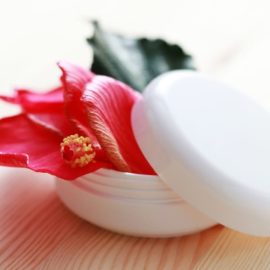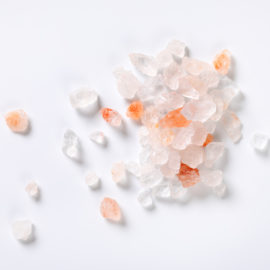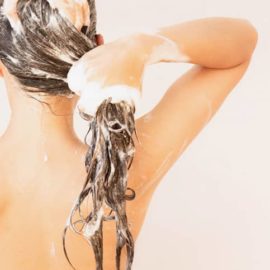Hyper seborrhea can have a substantial negative effect on the sufferer’s self-esteem and overall well-being. Gentle natural treatments for both the skin and the scalp while also effectively removing skin maladjustments cause this problem.
Content
What is hyper seborrhea and hyper seborrhea symptoms
Hyper seborrhea is a condition where the sebaceous glands on the skin, especially on the face and scalp, secrete excess sebum. This creates a greasy layer that can cause inflamed, oily, and sensitive skin, and in the case of hair, make it difficult to comb.
On the face, this can lead to acne or seborrheic dermatitis, and in the hair, dandruff or seborrheic alopecia.
What causes hyper seborrhea
Environmental and emotional factors can impact hyper seborrhea. Heat, pollution, and free radicals can cause reactions in the skin and researchers have noted that individuals suffering from stress or anxiety can have overactive sebaceous glands. Considering hectic modern lifestyles, those who are prone to hyper seborrhea are keen to find ways to viable, long-term ways to manage the condition – and a natural approach could be the solution.
Traditional scalp treatments for hyper seborrhea
In the past, dermatologists have prescribed medications to treat hyper seborrhea. These include topical treatments like Tioxolone or capsules such as Isotretinoin. In more severe cases, dermatologists will prescribe anti-hormonal medications or steroids to control sebum production. For patients whose particular concern is the scalp, sulfur in shampoo is also a common treatment.
Understandably, many sufferers of hyper seborrhea would ideally like to use a gentler solution to manage their acne or dandruff. As was noted by trichologists, sustained use of a sulfurous shampoo can be counterproductive as the scalp and hair can become excessively dry. Equally, the use of topical treatments or steroid creams can thin the epidermis after long-term use, making it fragile and sensitive.
A natural treatment for hyper seborrhea
Mintel’s 2019 UK Beauty and Personal Care report showed that 52% of BPC consumers look for products that are made with natural ingredients. Considering this increasing preference for natural extracts, it’s no wonder that people are on the look out for natural solutions to problems like hyper seborrhea. This is especially the case as such conditions are associated with sensitivity, which an increasing number of consumers believe is exacerbated by harsh chemicals, and part of a larger trend to find sustainable, natural ingredients for skin and hair health.
One potential natural treatment for hyper seborrhea is the topical application of honey. In a study in the UAE, a group of 30 patients with seborrheic dermatitis of the scalp, forehead, and chest were instructed to apply a mixture of 90% pure honey with 10% warm water daily. This was repeated for four weeks, after which researchers observed the almost complete disappearance of the itching and redness in the affected areas.
Another potential solution is an old favorite: tea tree oil. Obtained from the Melaleuca alternifolia tree, which is native to Australia, this essential oil has naturally occurring antimicrobial properties. This is thought to reduce the presence of spot and dandruff-causing bacteria on the epidermis while calming redness, swelling, and inflammation. There’s also evidence to suggest that tea tree oil can reduce acne scarring.
Tea tree oil is a key ingredient in Provital’s Trikenol™ Plus, which is a synergistic blend of two plant-based ingredients, terpinen-4-ol and willow extract, enriched with salicylic derivatives to provide natural anti-acne activity. Derived from the fractional distillation of tea tree oil, terpinen-4-ol is a proven anti-inflammatory and antimicrobial agent (Pazyar et al., 2013).
A tailored approach to sebum control
Certainly, there are compelling natural solutions to manage hyper seborrhea. Ingredients like tea tree oil and honey have naturally occurring microbial activity that can manage symptoms. However, if brands want to develop truly successful products, they need to look closely at the profile of consumers with hyper seborrhea. For instance, a bespoke product for seasonal change could combat some environmental factors. Equally, when it comes to internal or emotional stressors, brands could consider anti-stress or mood-boosting formulas.
Either way, brands need to get creative. There is a key gap in the market to respond to the long-term needs of consumers with hyper seborrhea – and with natural actives, brands can meet consumer demands from multiple angles.
No comments yet
There are no comments on this post yet.






Leave a comment